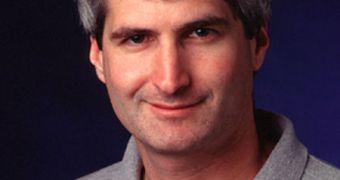According to investigators at the University of California in Los Angeles (UCLA) Jonsson Comprehensive Cancer Center (JCCC), a new method of scanning for chemicals that could potentially treat aggressive brain tumors has just been developed.
The approach is currently being used to analyze and gage the potential effects of a wide array of compounds. What this means is that each of the potential drugs is being analyzed for potential benefits and side-effects.
Researchers will then go on to investigate only the most promising candidates, reducing the amount of time that is usually wasted on unproductive leads. The JCCC method is unlike any other simply because it does not attack the tumors directly, but rather the stem cells that cause them.
One of the main targets for this study is glioblastoma, one of the most aggressive and deadly forms of brain cancer ever discovered. Usual life expectancy after onset is between 12 and 18 months, and only a few percentages of all patients are alive after 5 years.
Partially responsible for the success glioblastoma has in killing patients is the fact that these tumors rely on two distinct cell population – larger, heterogeneous tumor cells and a sub-population of treatment-resistant stem cells.
JCCC researcher and senior study author, Dr. Harley Kornblum, explains that the analysis method developed at UCLA is aimed at finding drugs capable of destroying the stem cells that reseed the tumor whenever it is eradicated.
Kornblum, a professor of psychiatry and biobehavioral sciences, says that the high-throughput molecular screening approach indeed holds great promise of success in this field. Unfortunately, several more years will pass until any treatment based on it is made readily available.
“We're pleased that we can present a different way to approach the discovery of potential new cancer drugs. And by finding these drugs, we may be able to reveal things about the biology of these cancer stem cells,” the scientist adds.
He also holds an appointment as a researcher with the Eli and Edythe Broad Center of Regenerative Medicine and Stem Cell Research at UCLA. Details of the investigation appear in the October 10 issue of the peer-reviewed scientific journal Molecular Cancer Therapeutics,
Thus far, the screening method was used to analyze seven chemical libraries, which contained a total of 31,000 chemicals. The study revealed 694 compounds that show promise, and deserve further studies.
“We decided on this type of approach because although we have learned a great deal about brain cancer stem cells in the past several years, we still have not discovered enough of their biology to be sure that any single target will be the right one to hit,” Kornblum concludes.

 14 DAY TRIAL //
14 DAY TRIAL //